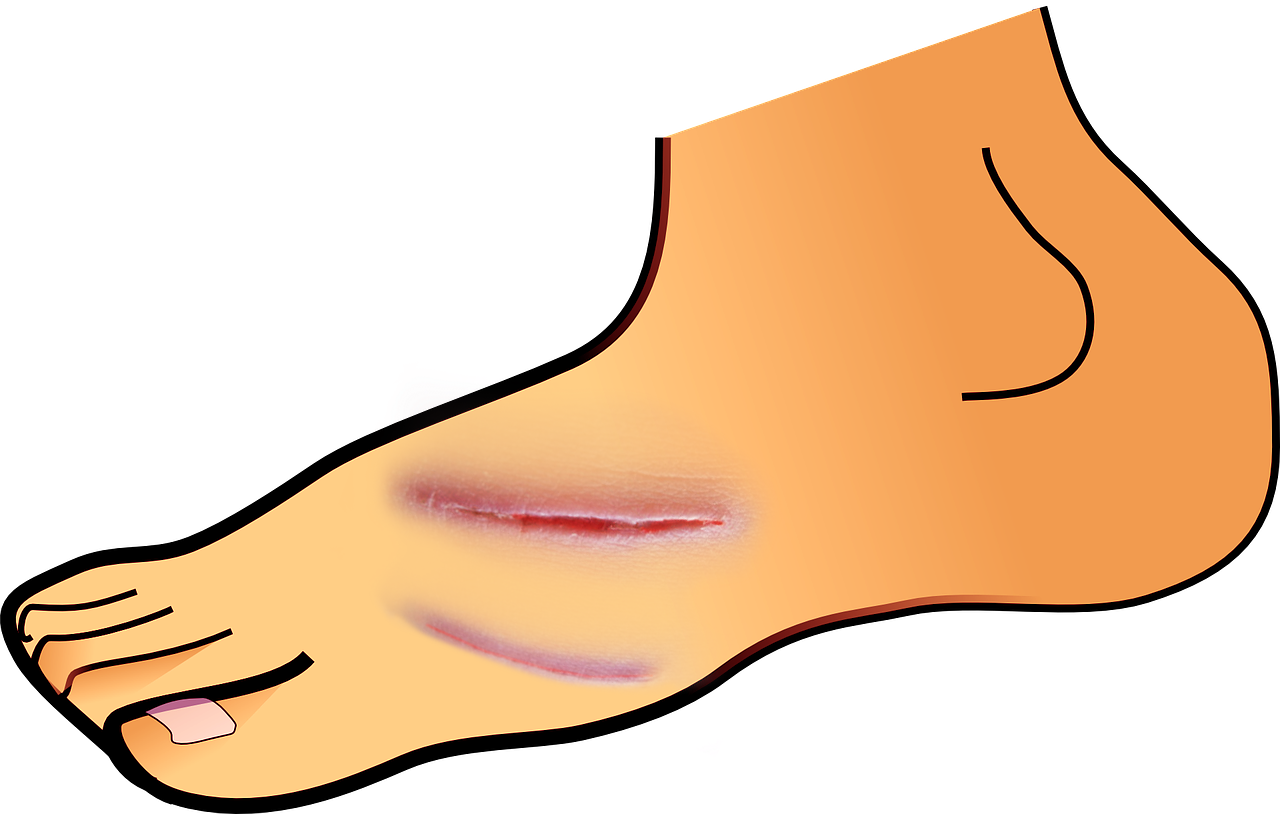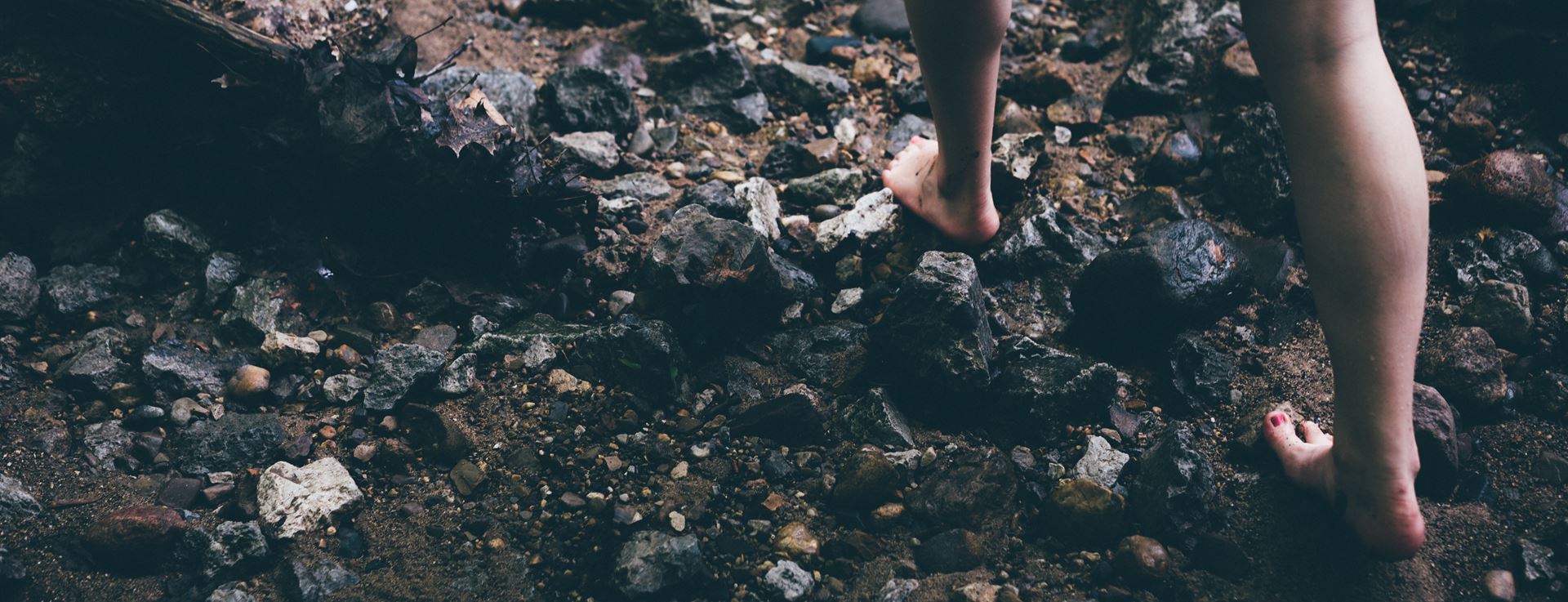|
Scrapes and Cuts
Cuts and Scrapes What & How? Cuts and scrapes occur when there is a tear in the skin. This can be from a fall, banging against an object or being pierced by something sharp. Did You Know? Ancient remedies for wounds and cuts include turmeric, honey, iron and alcohol. The root of the turmeric plant is frequently used in India as a cooking spice and as a medical ointment. Turmeric paste was applied on the wound to reduce pain and inflammation. Honey is also known to be applied as an antibiotic and was widely used in Egypt. Ancient Egyptians even used animal grease as protective barrier for wounds. When Would a Cut Require Stitches? A cut that is over 1/4 inch deep into your skin, exposes internal tissues or has an object embedded in it might need surgical stitches. Podiatrist are trained to treat and stitch wounds on the feet. |  Cuts and scrapes are among the most common foot injuries. Feet are especially susceptible to cuts in the summer months. Stepping on a sharp shell at the beach, tumbling on a piece of glass in the grass, scraping your feet against a rock during a hike or dropping an object on your open toed shoes are all things that can cut and scrap your summer feet. Though cuts are common, they must be given proper attention to as they can range from minor to deep wounds. What to Do? Cuts may be treated at home or by a medical professional depending on the severity of the cut. AssessmentCheck the wound to see if it is minor and can be treated at home. You should seek medical attention right away if:
Minor cuts can be treated at home. Learn more about basic wound care at home. Deep cuts would require medical attention. In which case,
Visit a Podiatrist when there is a wound deep on your foot. If the cut or scrape does not stop bleeding or if there are any signs of infection, self-care is not advised. Call make a visit to your closest podiatrist right away.
|






